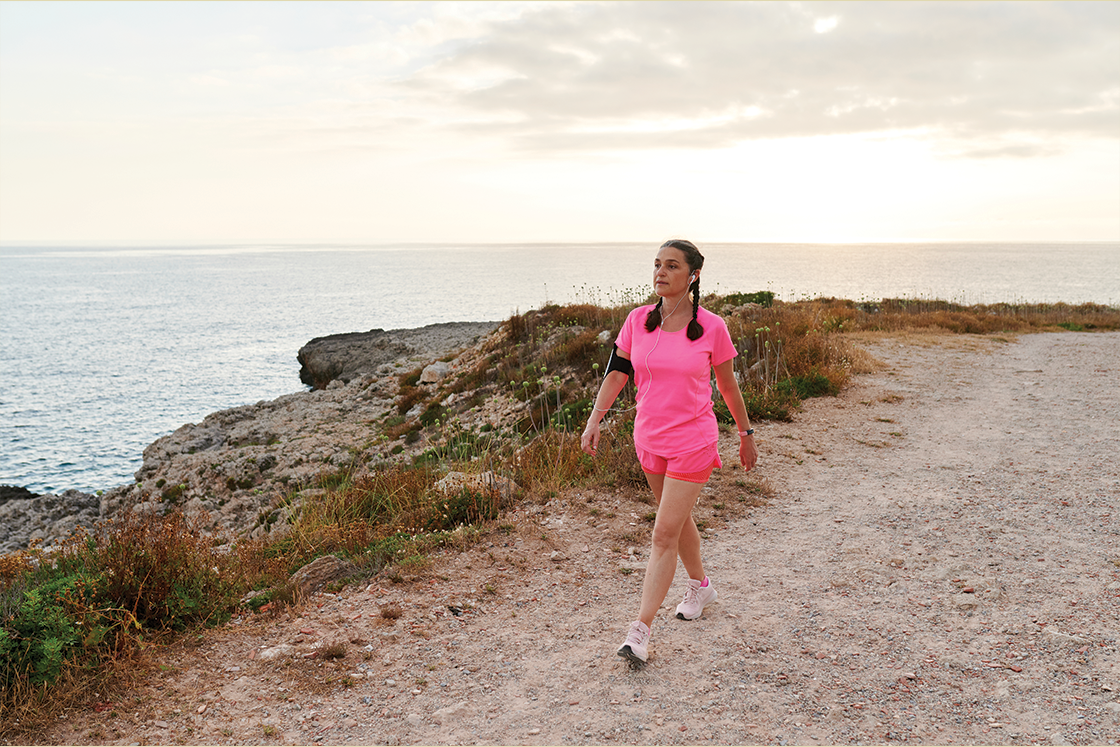As a lifelong walking enthusiast, I decided to push my limits by completing a 14-day challenge of walking 20,000 steps daily—the equivalent of roughly 10 miles or 4 hours of walking each day. Here’s my comprehensive account of this transformative experience.
The Experiment Design
Why 20,000 steps? While the standard 10,000-step goal (about 5 miles) came easily through my normal routine of café walks and evening strolls, I wanted to explore the potential benefits of doubling that distance. Mobility expert Kelly Starrett, DPT, confirmed my hypothesis: “Walking past 90 minutes daily unlocks unique physiological benefits,” he explained, comparing consistent walking to essential biological processes like hydration.
Key Discoveries
Intentionality Required
Reaching 20,000 steps demanded strategic planning:
- Morning “power walks” covering 10,000+ steps before work
- Evening “mindful walks” to complete the remaining distance
- Weekend “exploration walks” incorporating parks and cultural sites
The Time Investment
This commitment translated to:
- 28 total walking hours weekly
- 140 miles covered over two weeks
- 4-5 hours daily dedicated to walking (at a leisurely 3mph pace)
Physical Transformations
While I avoided scale measurements, observable changes included:
- Noticeable muscle definition in legs and core
- Improved posture and gait mechanics
- 1.5-inch reduction in waist circumference
- Enhanced endurance for daily activities
Cognitive Benefits
Walking became my mobile thinking studio:
- Solved 3 work-related creative blocks during walks
- Developed 5 new article ideas while strolling
- Experienced 60% reduction in evening anxiety symptoms
Unexpected Enjoyment
By day 7, walking transformed from obligation to craving:
- Voluntarily added 4,000 “bonus” steps one evening
- Found myself planning routes for visual interest rather than efficiency
- Developed deeper neighborhood connections through daily exploration
Practical Implementation Tips
Footwear Wisdom
Rotating between Keen sandals and Brooks running shoes prevented blisters despite:
- 280,000 total steps
- Varied terrain (pavement, trails, beaches)
- All-weather conditions
Hydration & Rest Stops
Created a “walking infrastructure” plan identifying:
- 12 reliable public restrooms along regular routes
- 7 water fountain locations
- 4 ideal bench spots for quick stretches
Progressive Overload
For those inspired to try:
Week 1: 10,000 steps daily
Week 2: 15,000 steps daily
Week 3: Attempt 20,000-step days
The Hidden Rewards
Beyond physical benefits, this experiment yielded:
- 14 new local discoveries (hidden gardens, historic markers)
- 23 meaningful stranger interactions
- 8 stunning sunset observations I’d normally miss
- 6 impromptu outdoor concerts enjoyed
Expert-Verified Benefits
My experience aligns with scientific findings about high-volume walking:
- 30% reduction in cardiovascular disease risk (American Heart Association)
- Improved glycemic control (Diabetes Care Journal)
- Enhanced creativity scores by 60% (Stanford University study)
Final Reflections
While not sustainable as a permanent routine, this intensive walking period:
- Reset my sedentary pandemic habits
- Demonstrated walking’s underrated fitness potential
- Provided mental clarity I now maintain with 15,000-step days
The most valuable lesson? As Starrett advised, we should view walking not as exercise but as “movement nutrition”—a daily requirement for optimal functioning. My challenge proved that when we make space for abundant walking, our bodies and minds respond with remarkable adaptability.
Your Turn?
Start with achievable increments, invest in proper footwear, and discover what surprises await when you truly walk through your world rather than just inhabiting it. The path to better health might literally be outside your door.
